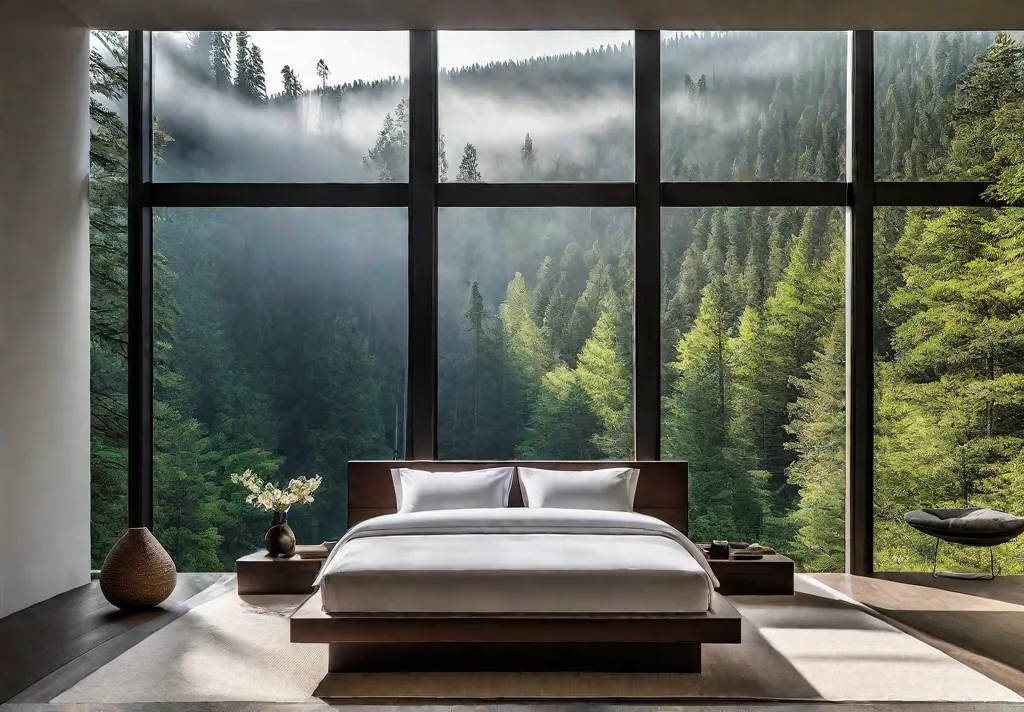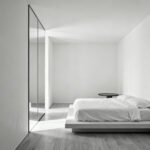Are you tired of tossing and turning all night, unable to find the peace and relaxation you crave? If so, the secret to a good night’s sleep might lie in the design of your bedroom. In recent years, minimalism has emerged as a powerful antidote to the clutter and chaos that can sabotage our slumber.
As a home decorator and handyman, I’ve seen firsthand how minimalist bedroom design can improve sleep quality. By stripping away the unnecessary and focusing on the essentials, we can create a sanctuary that soothes the senses and calms the mind. In this article, we’ll explore the principles of minimalist bedroom design, unpack the science behind its sleep-enhancing benefits, and provide practical tips to transform your bedroom into a minimalist oasis.
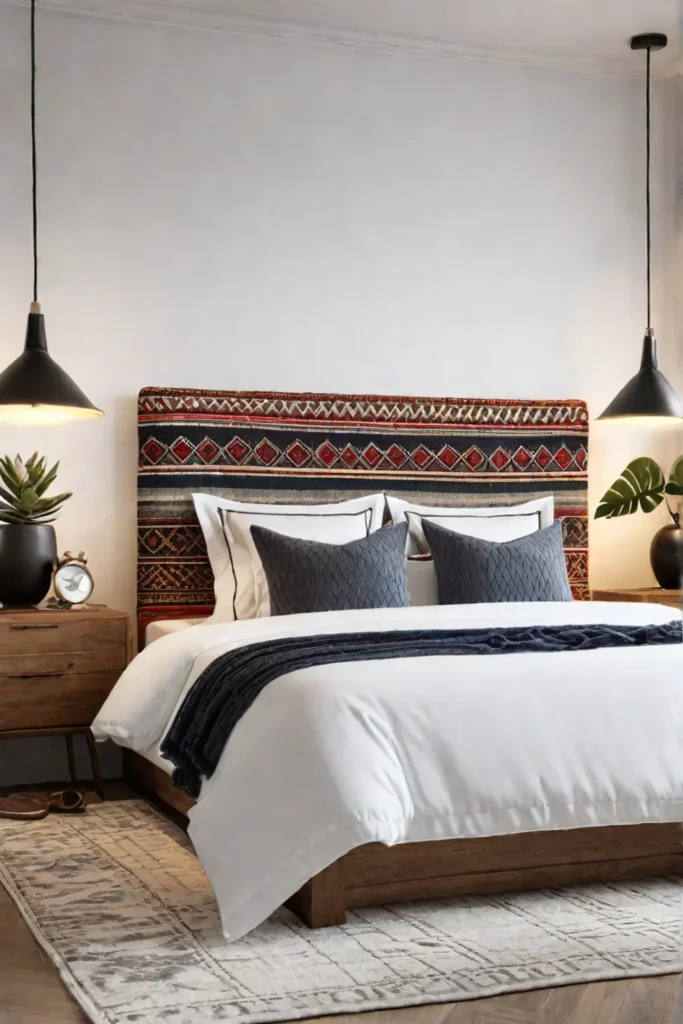
What is Minimalism?
At its core, minimalism is a lifestyle choice that emphasizes simplicity, functionality, and intentionality. In interior design, minimalism is characterized by clean lines, neutral color palettes, and the strategic use of natural materials. The goal is to create a space that is uncluttered, serene, and conducive to relaxation.
The minimalist design originated in the art world, with artists in the mid-20th century stripping their work down to the bare essentials. Today, this aesthetic has permeated various aspects of our lives, including how we design and decorate our homes.
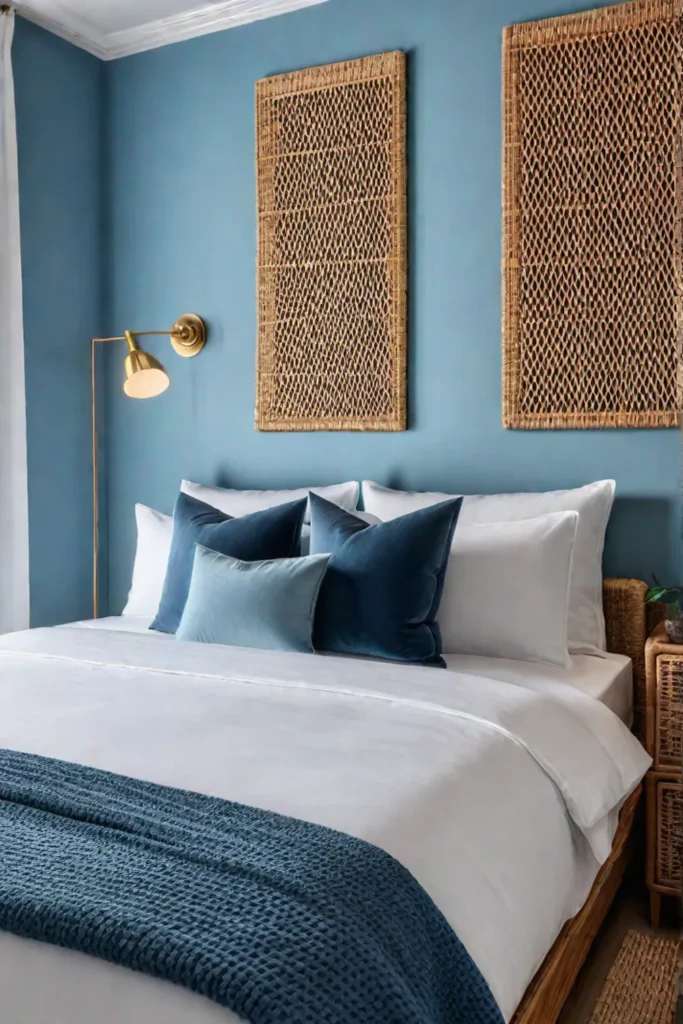
The Principles of Minimalist Bedroom Design
The key to a minimalist bedroom lies in adhering to a few core principles:
Decluttering: The first step is eliminating non-essential items from your bedroom. This means eliminating anything that doesn’t serve a purpose or bring you joy. By clearing the space, you create a calming, uncluttered environment that’s easier on the eyes and the mind.
Neutral Colors and Natural Materials: Minimalist bedrooms often feature a muted color palette, such as shades of white, gray, or beige. These neutral tones have a soothing effect, helping to create a sense of tranquility. Natural materials like wood, linen, or stone enhance this calming ambiance.
Minimalist Furniture and Decor: In a minimalist bedroom, less is more when it comes to furnishings and decor. Opt for clean-lined, functional pieces that serve a clear purpose. Avoid cluttering the space with too many decorative elements or knickknacks.
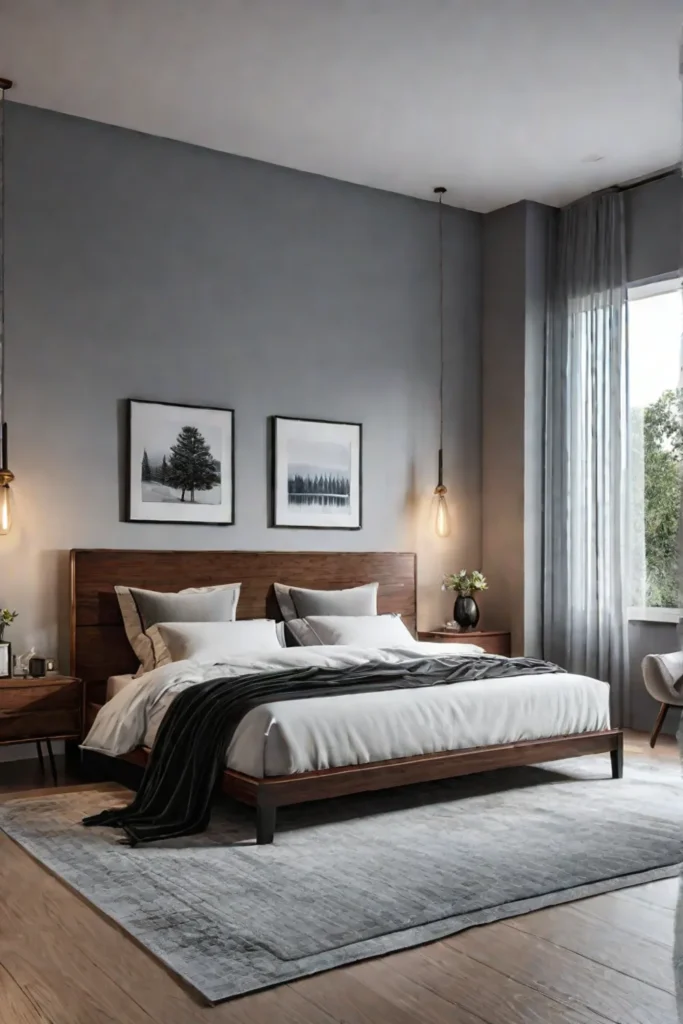
By embracing these principles, you can transform your bedroom into a serene, sleep-inducing sanctuary.
The Impact of Minimalism on Sleep
You might wonder, “How exactly does minimalist bedroom design improve my sleep?” The answer lies in how our environments influence our mental and physical well-being.
Numerous studies have shown that a cluttered, chaotic environment can increase stress and anxiety, both of which are known contributors to sleep disorders like insomnia. Conversely, a minimalist bedroom provides a calming, distraction-free space that allows the mind and body to relax and unwind.
One key benefit of minimalist design is its ability to reduce visual stimuli. Our eyes are constantly drawn to various objects in a cluttered room, creating a sense of sensory overload. This can make it challenging to drift off to sleep. By paring down the bedroom to its essentials, minimalist design helps to quiet the mind and prepare it for restful slumber.
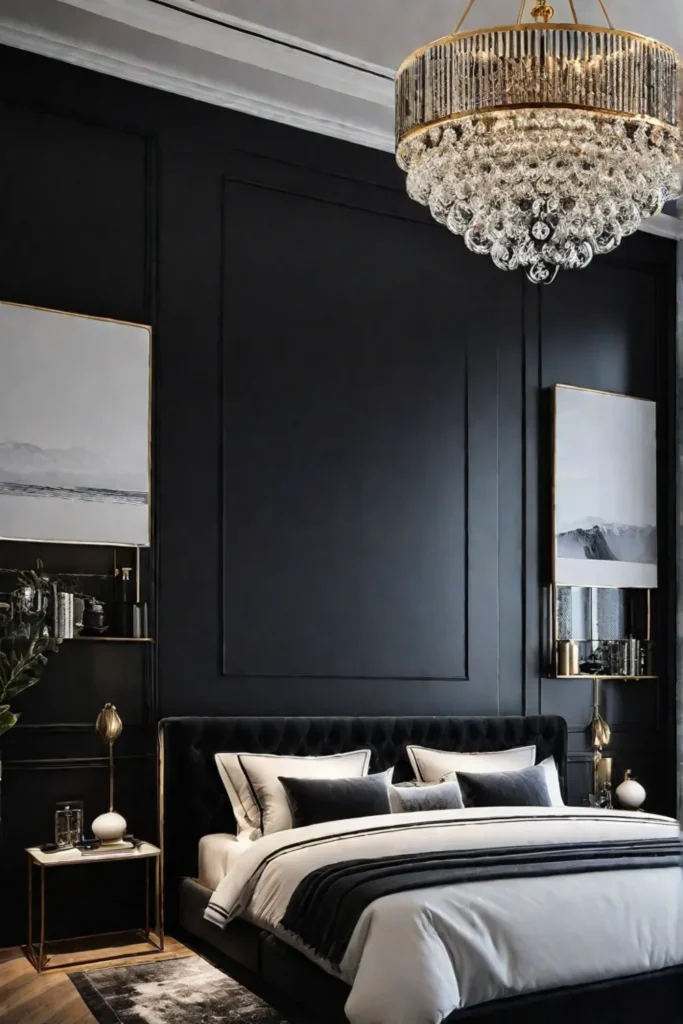
Furthermore, using natural materials and neutral colors in a minimalist bedroom can have a soothing effect on the senses. These elements can trigger the release of hormones like melatonin, essential for regulating our sleep-wake cycle.
Balancing Minimalism with Comfort and Functionality
While the benefits of minimalist bedroom design are clear, some people may be hesitant to embrace this aesthetic, fearing that it will compromise comfort and functionality. However, with some creativity, you can perfectly balance minimalism and your personal needs.
One way to achieve this is by incorporating multi-functional furniture pieces. For example, a platform bed with built-in storage can provide ample space for linens and clothing without taking up valuable floor space. Similarly, a storage ottoman can be a comfortable seating option and a hidden storage solution.
Personalizing your minimalist bedroom with touches that reflect your unique style and preferences is also important. This could involve adding soft textures, such as plush pillows or a cozy throw blanket, or displaying artwork or photographs that hold special meaning for you.
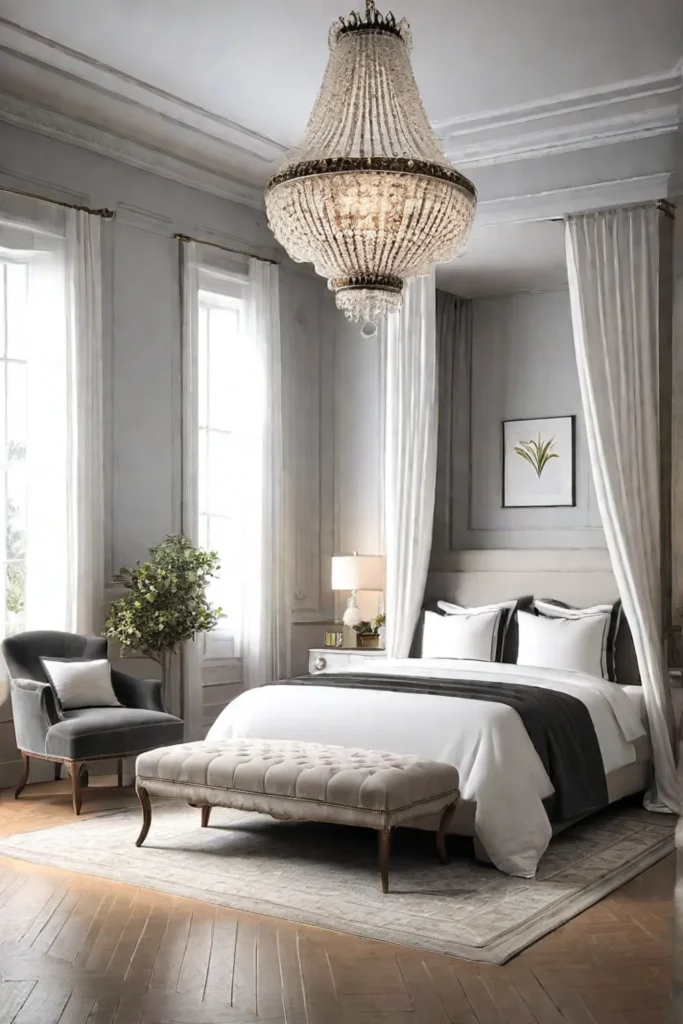
By finding the right balance between minimalism and comfort, you can create a bedroom that is both visually appealing and conducive to a good night’s sleep.
Transitioning to a Minimalist Bedroom
If a minimalist bedroom appeals to you, getting there might feel daunting. After all, most of us have accumulated a lifetime’s worth of possessions, and the idea of parting with them can be overwhelming.
The key is to approach the transition gradually and with a sense of mindfulness. Start by tackling one bedroom area at a time, such as your closet or nightstand. Sort through your belongings, keeping only the items that serve a clear purpose or bring you joy. Donate, sell, or recycle the rest.
As you go through this decluttering process, take a moment to reflect on why you’re holding onto certain items. This exercise can help you develop a more mindful relationship with your possessions, making it easier to let go of the things that no longer serve you.
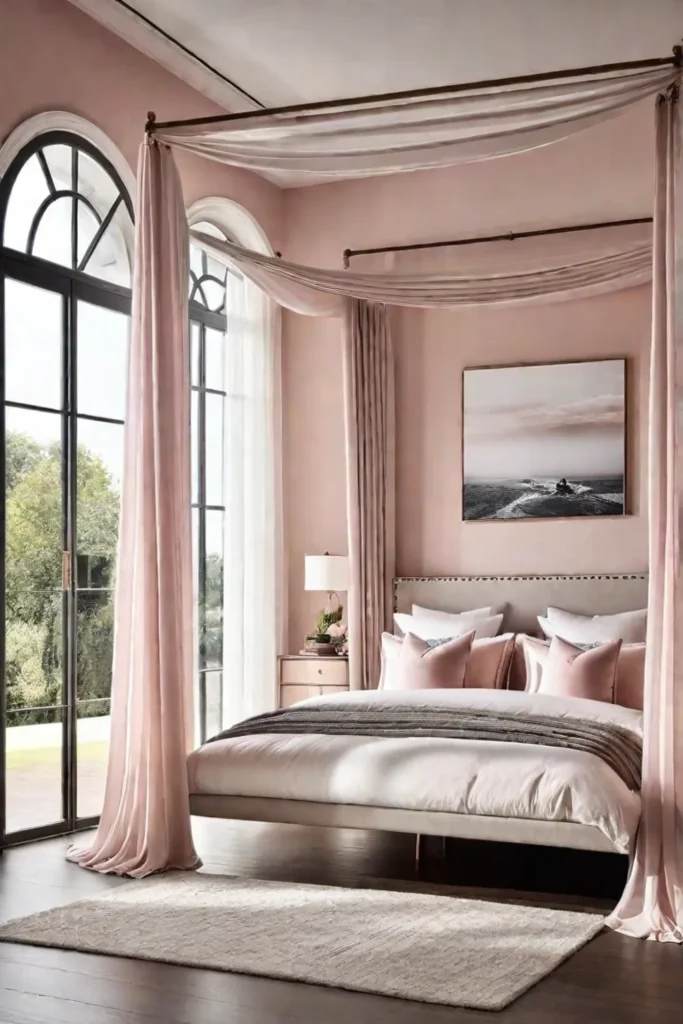
Once you’ve pared down your belongings, you can introduce minimalist design elements into your bedroom. This might involve swapping out your bedding for a simple, neutral-toned set or adding a minimalist artwork to the wall. Remember, it’s a journey, so take it one step at a time.
Minimalist Bedroom Design Inspiration
Still not sure what a minimalist bedroom might look like? Let’s explore some inspiring examples:
Industrial Minimalism: This style combines raw, industrial materials like exposed brick or concrete with sleek, modern furniture for an edgy yet cozy feel.
Scandinavian Minimalism: Characterized by light colors, natural textures, and functional design elements, Scandinavian minimalism brings a touch of nature into the bedroom.
Modern Minimalism: Defined by clean lines, monochromatic color schemes, and geometric shapes, modern minimalism creates a serene, contemporary atmosphere.
Coastal Minimalism: Soft blues, whites, and light woods evoke a calming, beachy vibe in this minimalist bedroom design.
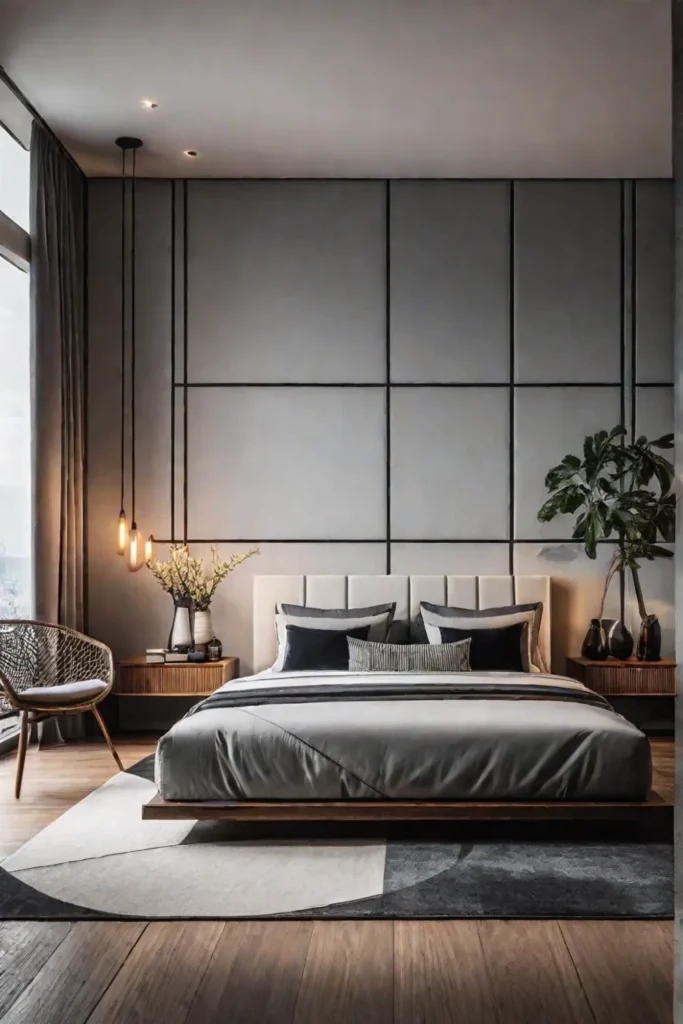
No matter your style, a minimalist approach can work for you. The key is to focus on the essentials and let the beauty of simplicity shine through.
Maintaining a Minimalist Bedroom
Achieving a minimalist bedroom is only half the battle; the real challenge lies in maintaining it. After all, it’s easy for clutter to creep back in, undermining the calming atmosphere you’ve worked so hard to create.
Establish a regular decluttering routine to keep your minimalist bedroom looking its best. Set aside time each week or month to go through your belongings and remove anything that no longer serves a purpose or brings you joy. This proactive approach will help you stay on top of the clutter and preserve the serenity of your sleep sanctuary.
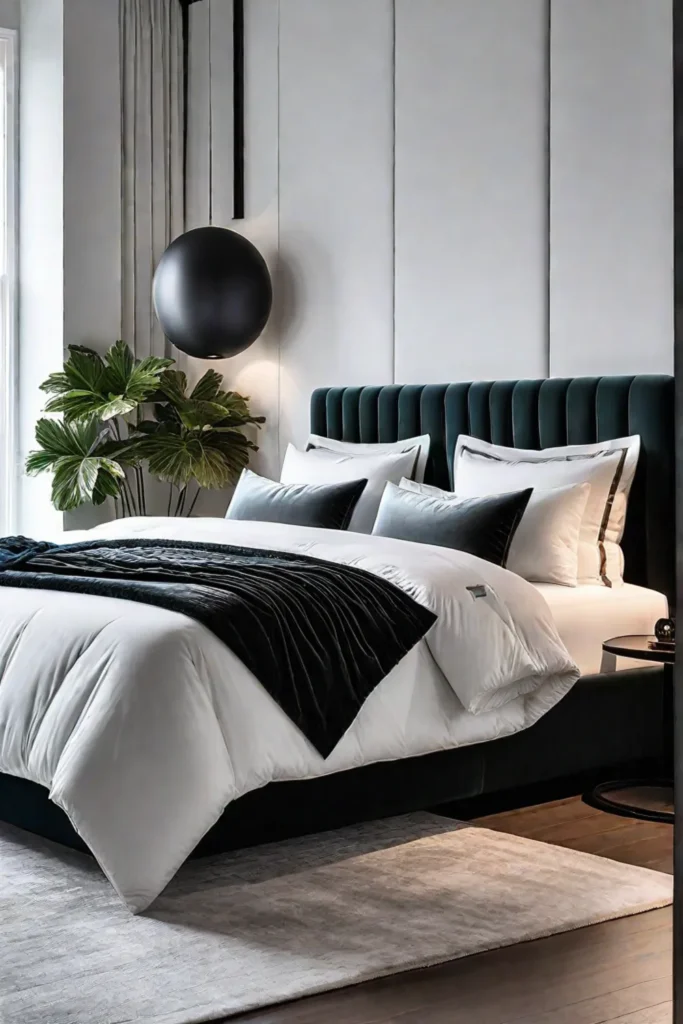
Having a plan for storing and organizing the items you keep is also important. Invest in multi-functional furniture pieces, like a bed with built-in drawers or a storage ottoman, to keep your essentials out of sight and out of mind. Use labels, color coding, or other organizational systems to ensure everything has a designated place.
By making mindfulness and organization a habit, you can enjoy the long-term benefits of a minimalist bedroom, including better sleep, reduced stress, and a greater sense of calm in your daily life.
The Future of Minimalist Bedroom Design
As the demand for minimalist living continues, some exciting innovations emerge in bedroom design. One particularly intriguing trend is integrating smart home technology into minimalist spaces.
Imagine being able to control the lighting, temperature, and even your sleep patterns with the simple touch of a button or the sound of your voice. This level of automation not only aligns with the minimalist aesthetic but can also enhance your bedroom’s overall functionality and sleep-promoting benefits.
Another trend worth noting is the increasing focus on sustainability in minimalist design. As consumers become more conscious of their environmental impact, we’re seeing a rise in the use of eco-friendly materials, such as bamboo, cork, and recycled fabrics, in minimalist bedroom furnishings and decor.
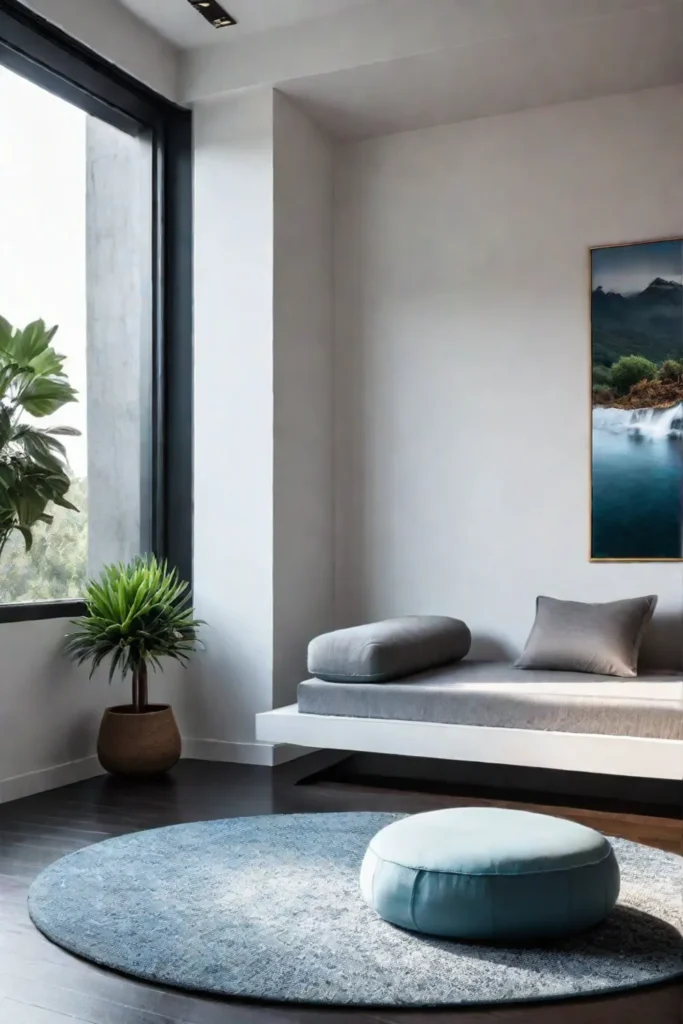
These advancements in smart home technology and sustainable design suggest that the future of minimalist bedroom design will be both highly functional and environmentally conscious. By seamlessly blending form and function, these innovative solutions can help us create bedrooms that look beautiful and support our overall health and well-being.
Conclusion
In a world that often feels overwhelming and cluttered, the power of minimalism shines through, especially when it comes to the design of our bedrooms. By embracing minimalist design principles, we can create a sleep sanctuary that soothes the senses, calms the mind, and promotes the restorative sleep we all crave.
So, if you’re ready to transform your bedroom into a minimalist oasis, start by decluttering your space, incorporating natural materials and neutral colors, and striking a balance between minimalism and personal comfort. With a little effort and mindfulness, you can enjoy the countless benefits of a minimalist bedroom, from improved sleep to enhanced overall well-being.
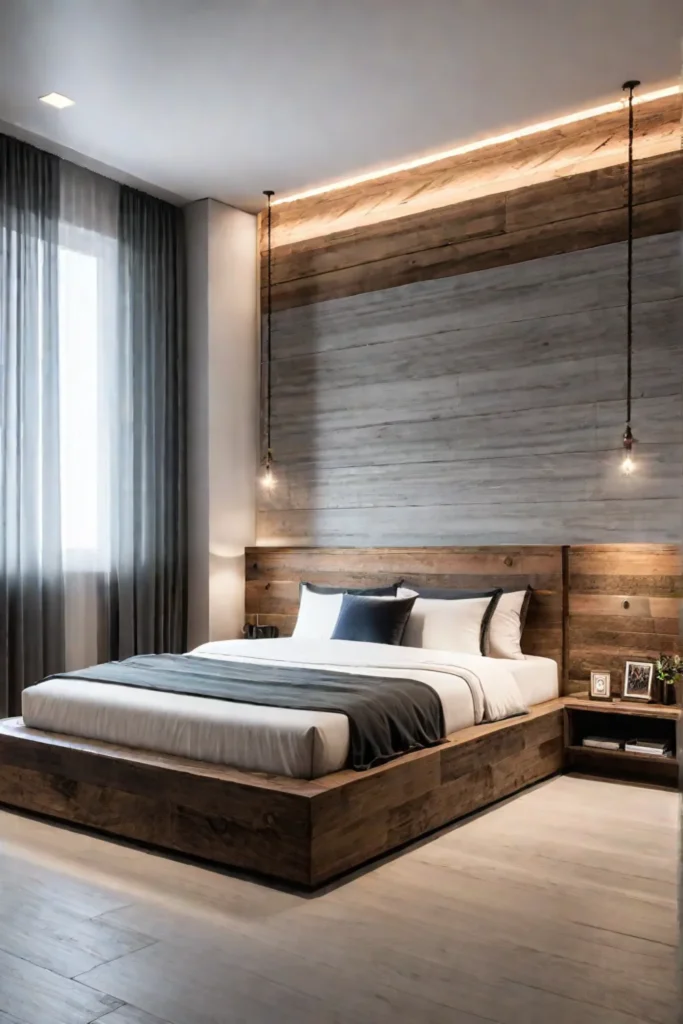
Remember, the journey to a minimalist bedroom is not about perfection but finding the right balance that works for you. Take it one step at a time, and enjoy the process of simplifying your space and your life. Sweet dreams await!
